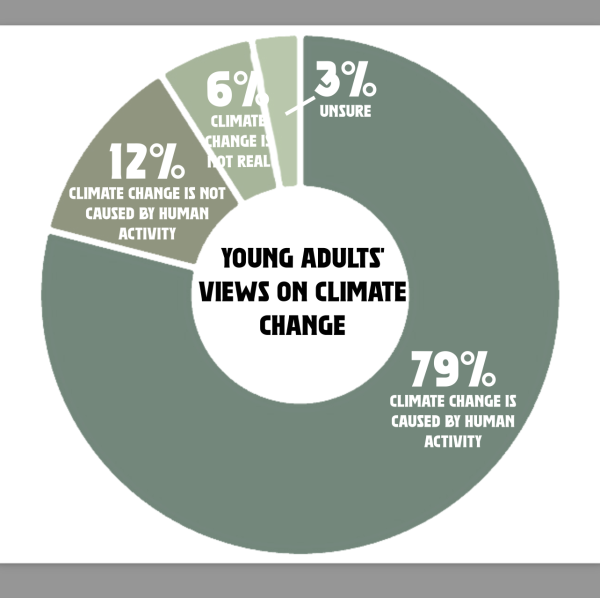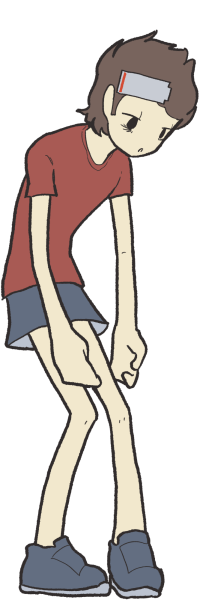Stereotypical portrayals of people of color in media call for change
March 19, 2021
My sophomore year in Latin American History class, I was working on our warm-up. The question posed to me was: “What do you notice about Latinx/Hispanic portrayal in the media?”
As a Mexican American, this topic isn’t new to me. After discussing, my teacher showed us different portrayals of Latinx/Hispanics in the media. These examples implied that we share stereotypical traits, such as being loud with a thick accent.
This got me thinking about not only the way Latinx/Hispanics are portrayed but how other races are as well. Although there is nothing wrong with fitting a stereotype, portraying race in a stereotypical way leads to a closed mindset among most people.
The portrayals of Hispanic/Latinx people have led me to question my identity as a Hispanic. I see Hispanics on TV that are nothing like me. It hurts that we exhibit no common characteristics.
One example of such a portrayal that resonates is Fez from That 70’s Show, which centers around a teen friend group from Wisconsin and their adventures as they navigate through high school. Fez is a foreign exchange student that joins the group. Even though his country of origin was never revealed, he is seen speaking Spanish.
Although it is a comedy series, Fez is always the butt of every joke. He is characterized as flirty with a thick accent and whenever he tries to reference his culture or country of origin, the scene cuts off to something else.
By never giving him a chance to give us insight on where he is from, the diversity embedded in Latinx/Hispanic culture is silenced. It portrays that the media sees us all the same, regardless of origin.
I am not ungrateful for representation in the media, but this isn’t a good way to portray Hispanics. Other races are portrayed this stereotypically as well.
For instance, the characters of Tina Cohen-Chang and Mike Chang from the show Glee center around the fact that they are minorities—specifically, Asian.
When Tina and Mike started dating, they told everyone they had met at “Asian Camp.” Whenever they received a grade lower than an A, they called it an “Asian F.”
This ignorant portrayal in the media has sadly influenced society. It gives society a set image of what races are supposed to behave like.
When I tell people I am Mexican, they are often shocked. I have been told countless times that I don’t “act Mexican.” I don’t get angry; instead, I feel bad that the media has created this mindset in so many people.
I want the media to portray the cultures not as comical but as beautiful. All cultures have history and traditions that aren’t represented as they deserve to be.
The animated Disney movie Coco, released in 2017, in particular, does a great job of highlighting the richness of culture. It portrays Mexicans with moral values, like hard work and family unity.
These are some characteristics that are prominent in my life but are not always represented in the media. Seeing this gives me hope for better portrayals in the future.
Representation of different races is important, but the media has a lot to learn about how to portray them. Disregarding culture doesn’t do any good except spread ignorance.
The media should focus on authenticity when portraying minorities. Taking the time to look into the culture they are portraying will make all the difference. As can be seen with Coco, the media is beginning to take a step in the right direction by portraying different cultures in an authentic way.














